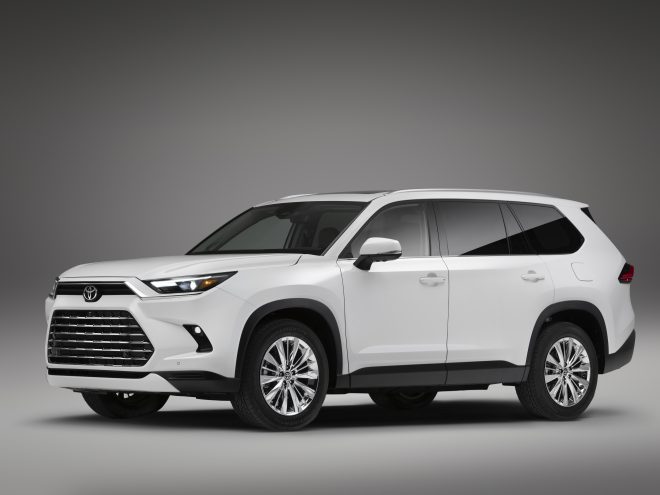
How to Safely Handle Tailgaters on the Road
No one enjoys the feeling of having another car glued to their rear bumper as they are driving down the road. In addition to being annoying, tailgating can also put multiple lives in danger, as it significantly increases the risk of a rear end collision. In this article, we discuss some of the main reasons behind tailgating and how you can respond to safely get yourself out of a potentially dangerous situation. Keep in mind that if you’re injured by a tailgater, a Portland car accident attorney may be able to help you secure compensation for damages sustained.
What Are the Different Types of Tailgaters?
Tailgating can occur for a number of different reasons, some of which can help you identify the best possible response to the situation at hand. Here are some common types of tailgaters:
- Aggressive drivers: Fueled by impatience, anger, or even a warped sense of entitlement, aggressive drivers intentionally ride your bumper, flash their vehicle’s lights, honk aggressively, and sometimes even weave erratically through traffic. Their goal is to intimidate you into moving aside so they can continue speeding along unimpeded.
- Distracted drivers: A motorist who loses focus on the road puts everyone around them at risk. Whether distracted by phones, adjusting music, or simply lost in thought, these drivers may unintentionally tailgate. Checking your rearview mirror may show a distracted driver looking at their phone or fiddling with the radio without a care in the world as they careen down the road.
- Impatient drivers: Many drivers react poorly to minor inconveniences, from traffic to running late for an appointment. They may resort to tailgating in an attempt to get another driver to move out of their way. In some cases, these drivers may drive more recklessly as traffic gets worse in an attempt to keep from being bogged down.
- New or unskilled drivers: As new drivers get acclimated to the road and appropriate following distances, they can sometimes unknowingly tailgate. Insecurity and a lack of experience can cause them to misjudge distances and not give the vehicle in front enough space. Recognizing this type of tailgater is not acting out of impatience or malice gives you an opportunity to educate them through your own responsible driving.
Understanding the diverse motivations behind tailgating empowers you to choose the most appropriate response, be it calmly holding your ground or proactively de-escalating the situation.
Calmly Responding to a Tailgating Incident
Being pursued by a tailgater can be a stressful situation, but you need to remain as calm as possible and attempt to de-escalate the situation. Maintaining your composure helps the situation from getting more dangerous for you and everyone else on the road. Here are some effective strategies to help you navigate a tailgating situation calmly:
- Be Predictable: Avoid erratic lane changes, sudden braking, or unpredictable speed changes. If you begin driving unpredictably, you may startle the tailgater and a serious crash can occur. Maintain a consistent speed within the legal limit and focus on smooth, controlled driving.
- Create a Safe Buffer Zone: Increase the distance between your vehicle and the car in front. It may feel instinctive to drive faster in an attempt to keep the tailgater at bay, but this only serves to sandwich you between two vehicles with no way to maneuver in an emergency. Remember, the three-second rule is a minimum standard you should attempt to follow; consider adding additional seconds during adverse weather conditions or heavy traffic.
- Communicate Clearly: Instead of abruptly changing lanes to get away from the tailgater, use turn signals well in advance of any lane changes or turns. This not only helps you maintain proper lane discipline but also prevents the tailgater from driving directly into the back of your car as you slow down to make a turn.
- Move Over When Safe: If traffic conditions and the surrounding environment allow, consider moving to the right lane to let the tailgater pass. This reduces the risk to you and your passengers, as you’ll be able to maintain safe following distances again. Allowing a tailgater to pass is not a sign of weakness but a proactive measure to guarantee everyone’s safety.
By employing these strategies, you can maintain control of the situation, prioritize your safety, and potentially even encourage responsible driving behavior from the tailgater. Be sure to remain calm and in control of the situation, no matter how annoyingly the tailgater is behaving.
Protecting Yourself With Defensive Driving
As a responsible driver, your primary focus should be on the road at all times. Practice the principles of defensive driving and do your best to maintain a safe following distance behind the vehicle in front of you. Avoid sudden or unpredictable braking, as this increases the risk of a collision. Even if the tailgater seems close behind your vehicle, you should not attempt to brake check them.
Ignore any provocations or gestures from the tailgater, as engaging in arguments or responding with obscene gestures only makes the situation more unsafe. Stay composed and pay attention to what’s going on around you on the road. If you feel unsafe because a driver is following too closely, you may consider pulling over to a well-lit, safe location when possible. This allows the tailgater to pass and removes you from the potentially dangerous situation.
What Should You Do if the Situation Escalates?
In most cases, tailgating occurs because of impatience or recklessness. Although being pursued by a tailgater can be frustrating, the pursuing driver generally does not act our of malice or an intent to cause harm. In extreme cases where the tailgater’s behavior becomes excessively dangerous or threatening, additional measures may be needed to ensure your safety.
It’s important to document the dangerous behavior thoroughly. If you’re being aggressively tailgated, take note of the vehicle’s license plate number, description, and any details of the offending driver’s behavior. If you feel threatened or believe the tailgater is under the influence, contact local law enforcement for assistance right away. Provide a clear description of the vehicle and your location. If you fear for your safety or are unable to pull over, dial emergency services. They can help you reach a safe location.
Stay Calm & Drive On
Tailgating is a serious road hazard, but it can be managed effectively with calm, safety-prioritizing measures. By recognizing different motives of tailgaters, employing defensive driving techniques, and knowing when to seek assistance, you can navigate dangerous roadside situations with confidence and reduce the risk of accidents. Drive safely, stay calm, and let courtesy guide your actions so the road is safer for everyone.









